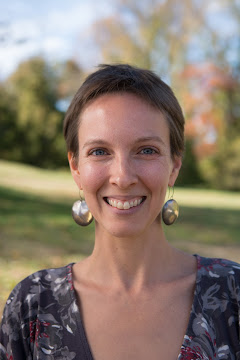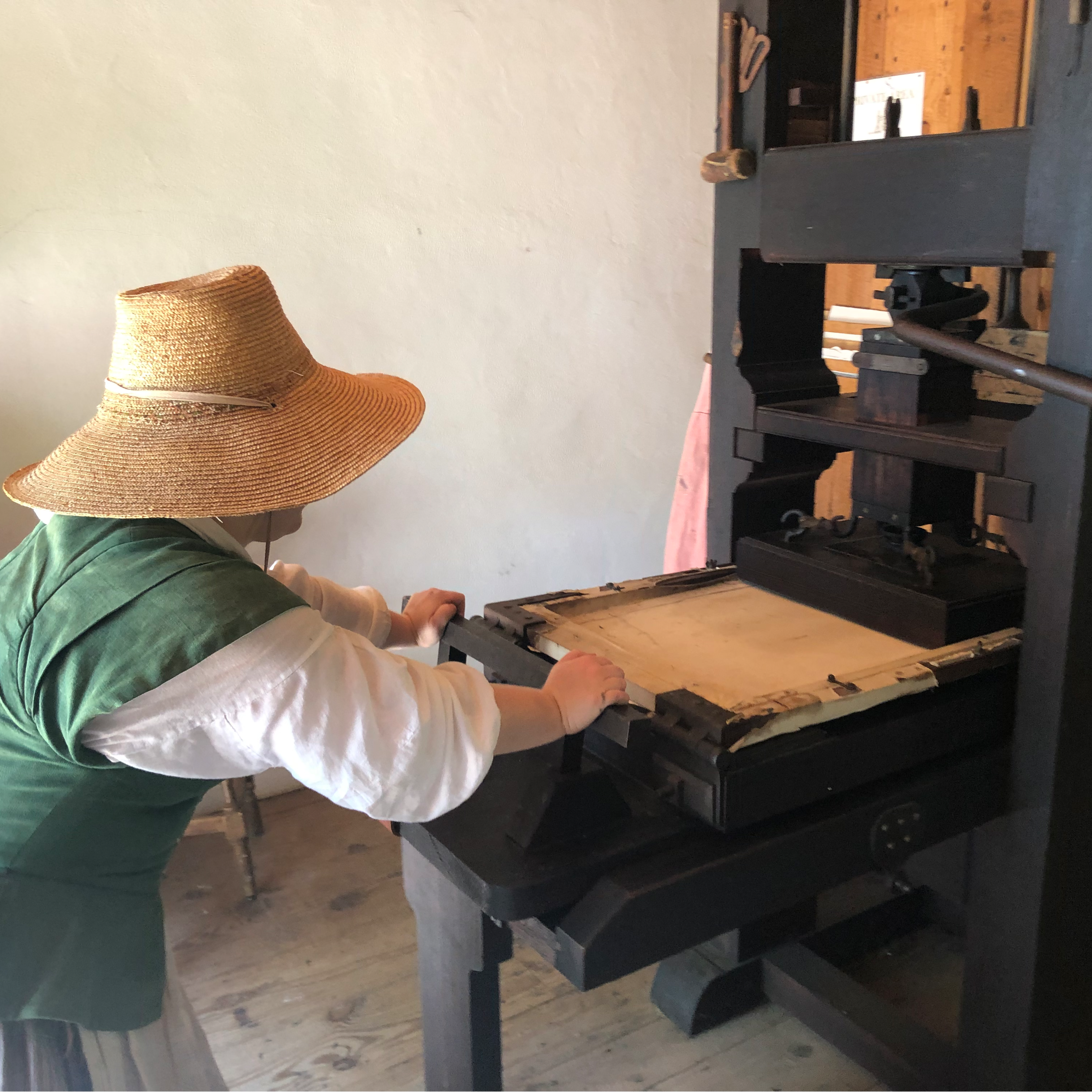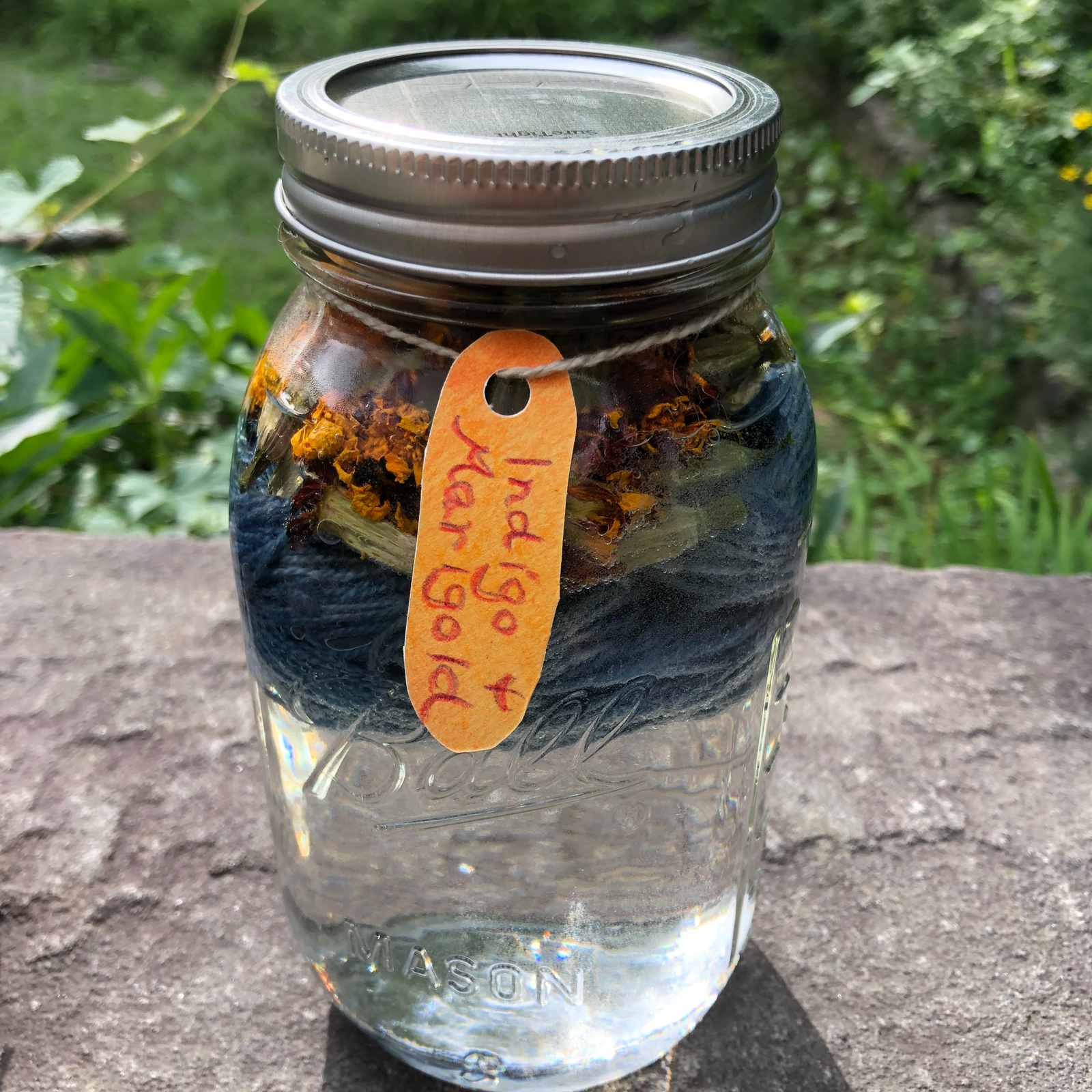In my
Art History 2024-2025 blog post, I decided that
April would be
Friedensreich Hundertwasser.
Here are some resources and planning notes for this incredible artist!
Friedensreich Hundertwasser
1928 - 2000



also
Art History Kids - April 2024
The Five Skins, p.23
1st skin, p.22 - Your Body
Self portrait
2nd skin, pp.24-25 - Your Clothes
Dress up, be a fashion designer, clothing collage, make paper dolls
3rd skin, pp.26-27 - Your House
Blocks, cardboard box "window rights"
4th skin, p.28 - Your Identity
Design a stamp
5th skin, p.29 - Your Planet
Create a poster with an environmental message
Art History Kids - April 2019
Week 1 Project
1st skin, p.11
Week 2 Project
2nd skin, pp.6-7
Week 3 Project
3rd skin, p.8
Week 4 Project
4th skin, pp.2-4
Week 5 Project
5th skin, p.6
https://hundertwasser.com/en
All Species Puppet Parade 2022 - Earth Day
Carbondale "At the Table"
Dinner & Dialogue Series - Earth Month
I recommend joining Lotus Stewart's Art History Kids website (The Studio) and getting access to her past lesson plans. I like her work, and find it's really helpful to have so many ideas that I can use as a jumping off point.

week of Apr 7:
Mon
divide children into small groups
give each group a few examples of Hundertwasser's work
(Apr 2024, pp.9-18)
have each group make a Word Cloud of their conversation
(Apr 2019, week 2, p.1)
bring groups together and compare the word clouds
"Let's Meet the Artist" discussion
(Apr 2019, week 2, p.2)
nature walk to Chautauqua Bottoms to look at the wildflowers
Tue
look at graphic of The Five Skins
(Apr 2024, p.23)
do 1st skin activity - Self Portrait
(Apr 2024, p.22)
week of Apr 14:
Mon
"What Is This Art About?" discussion
(Apr 2019, week 2, pp.4-5)
do 2nd skin activity - Paper Dolls
(Apr 2019, week 2, pp.6-7)
Tue
have each child create their own Art Manifesto
(Apr 2019, week 3, p.1)
"Tree Tenants + Window Rights" discussion
(Apr 2019, week 3, p.7)
do 3rd skin activity - Cardboard Box "Window Rights"
(Apr 2024, p.27)
week of Apr 21:
Mon
Tue
week of Apr 28:
Mon
In addition to the Art History lesson for my regular school group (age 7-13), I'll have a Monday afternoon Art History class for early childhood (age 5-7). I think the "littles" will love Hundertwasser!
week 1 - self portrait
week 2 - paper dolls
week 3 - cardboard box "window rights"
week 4 - stamp design
This post contains affiliate links to materials I truly use for homeschooling. Qualifying purchases provide me with revenue. Thank you for your support!


























































 Immersive Experience
Immersive Experience Immersive Experience
Immersive Experience







